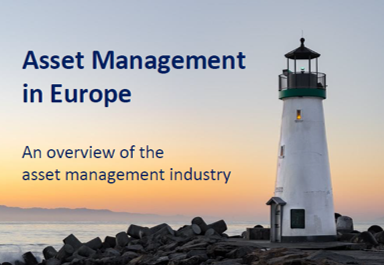Capital markets
Investment managers, acting on behalf of their retail and institutional clients, are among the largest investors in financial markets. They represent a key component of the market’s “buy-side” segment.
In representing the interests of its members on wholesale capital market issues, EFAMA advocates for fair, deep, liquid, and transparent capital markets, supported by properly regulated and supervised market infrastructure.
EFAMA response to ESMA's CP on MiFIR report on Systematic Internalisers in non-equity instruments
EFAMA Reply: ESMA CP on review report MiFIR transparency regime for equity, ETFs & other related instruments
EFAMA's response to the EU Commission's public consultation on the review of the EU Benchmark regulation
EFAMA urges changes to MBI implementation timetable
Following the publication of the European Commission report confirming the settlement discipline regime will be reviewed, Susan Yavari, Regulatory Affairs Adviser at EFAMA, commented:
3 Questions to Christophe Binet on LIBOR Transition
Q #1 When will LIBOR phase out and which rates will be replacing it?
The London Interbank Offered Rate, also known as LIBOR®, is a widely-used index for short-term interest rates that is commonly found in
Joint statement by EFAMA and EFSA on Consolidated Tape and market data costs
The appropriate construction, and conditions for the usage, of a Consolidated Tape
3 Questions to Rudolf Siebel on Market Data Costs
Q #1 Have you witnessed an increase in the cost of market data over the last couple of years? If so, how can it be explained?
Asset Management Report 2019
The EFAMA Asset Management in Europe report aims at providing facts and figures to gain a better understanding of the role of the European asset management industry. It takes a different approach from that of the other EFAMA research reports, on two grounds. Firstly, this report does not focus exclusively on investment funds, but it also analyses the assets that are managed by asset managers under the form of discretionary mandates. Secondly, the report focuses on the countries where the investment fund assets are managed rather than on the countries in which the funds are domiciled.
































